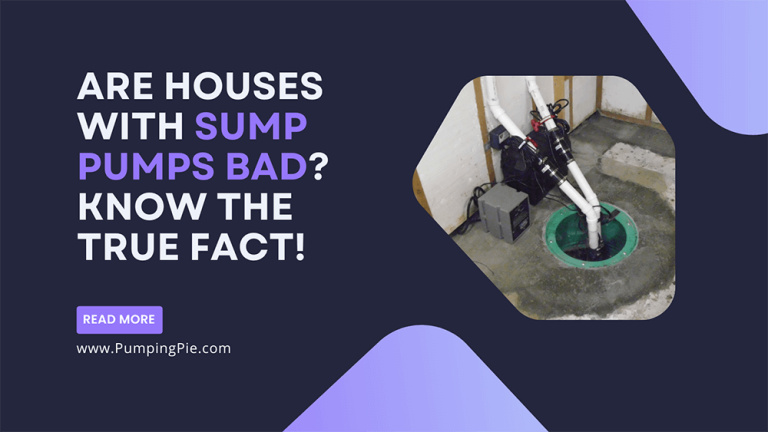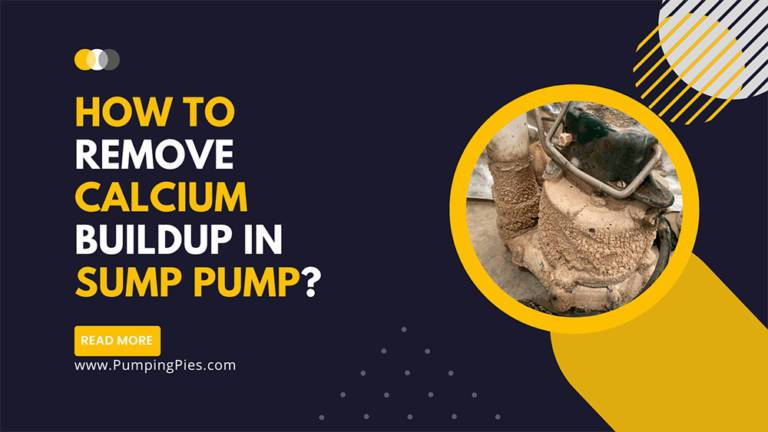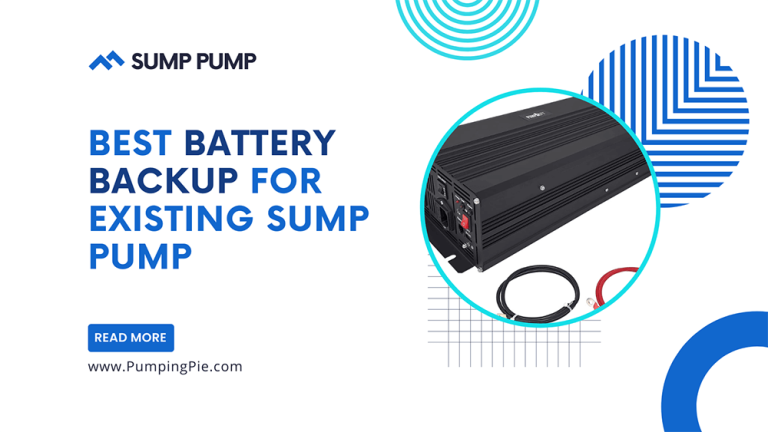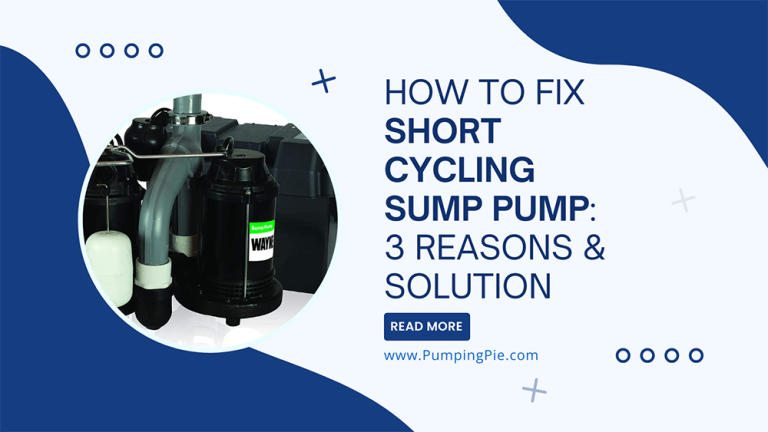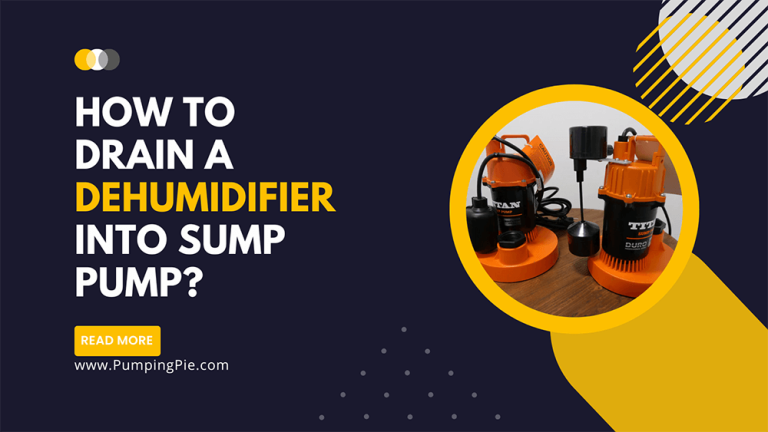How Deep Should A Sump Pump Be? [Find All Answers]
Installing the proper sump pump on the property is critical for a functional water drainage system. It can prevent overflow while preserving the performance of the pump. But unfortunately, many homeowners don’t know how deep should a sump pump be under their basement and often pick the wrong one.
For most residential and commercial applications, a 36′′ deep and 18′′ diameter sump pump is preferable. However you must go through some considerations and calculations to determine the exact sump pump size for your needs.
However, there’s more to it. Keep reading to learn more about it
Contents
How Deep Should A Sump Pump Be?
The depth of the sump pump should be around 24” to 36”. The sump pit for the home improvement center should be around 18 to 24 inches in diameter.
However, the accurate depth required for your needs depends on your area’s soil condition and the amount of water the sump pit may receive. Apart from the depth, the pump’s GPM capacity is also an important consideration.
Can Your Sump Pump Be Too Small Or Deep?
The typical sump well holds up to 26 gallons of water. However, some homeowners use only a 5-gallon bucket, while others plan to have a deeper one.
The following are the potential effects of using undersized and oversized sump pumps:
Using Too Small Sump Pump
If your sump pump isn’t deep enough, it’ll fill up quickly and force you to turn it on and off more often. That’ll shorten the sump pumps and their check valves’ lives.
To avoid it, you can plan to use a store-sold backup pump. But using the store-sold backup pump can be impractical. The reason is that its float may get stuck while running and cause flooding in the basement.
Instead, you can dig through the base for the too-small sump pit. This will allow you to set the main pump deeper. Another option is that you can cut the concrete and place a standard-size sump pit.
Using a Too-Big Sump Pump
If your sump pit becomes deeper than the floor, it’ll collect unnecessarily more water. It’ll force your sump pump to run longer and harder to pull water out.
Over time, this will shorten your sump pump’s life and increase the risk of overheating. Also, it can cause premature wear out of your sump pump. Ultimately, you have to pay the extra electricity bill.
Since both the undersized and the oversized sump pumps cause negative experiences, it’s wise to get the exact size one. But how deep should a sump pump be for your needs? Let’s dig it!
Measure The Right Size Sump Pump For Your Need
Most basement slabs are typically 3 inches thick. The backfill material’s strata drain into the sump basket from the external reaches of the slab continuously at approximately 1/4 inch per foot.
Plus, the system offers protection to the entire basement while the drain tile is covered with tributary lines toward the sump well. So instead of considering the depth of the sump pump, determining the GPM capacity of the pimp is more important.
The procedure is:
Run the Sump Pump
When it rains, run your sump pump until the water level drops to the shut level. After turning off the pump, wait a minute. Then measure the height of the water rise.
Measure the Amount of Water
Most standard sump pits are around 18” in diameter and hold about 1 gallon per inch in height. But a 24” sump pit holds around 2 gallons per inch of height.
If your sump pit receives more than 30 gallons of water per minute, then a 24” sump pit will be a better choice for you than the 18” one.
Multiply your measured height by 60 to measure the amount of water that may come into the sump pit per hour during a steady rain, flood, or else.
Measure the Capacity Of The Sump Pump
After measuring the approximate amount of water, multiply the result by 1.5. It’s a safety factor and helps determine the pumping capacity. If you have an active sump pit, consider a higher number for the safety factor.
In this case, the better you know your sump pit, the more accurate guess you’ll make. To do this, select a day with very wet conditions and measure the water inflow into your sump pit multiple times.
For example,
Let’s say your standard-size sump pit receives 18 inches of water per minute, which is around 18 gallons. The calculation goes:
18 x 60 x 1.5= 1620.
It means you’ll need a sump pump with a 1620-gallon per hour (GPH) capacity for your 18-inch sump pit.
Sump Pump Maintenance Tips
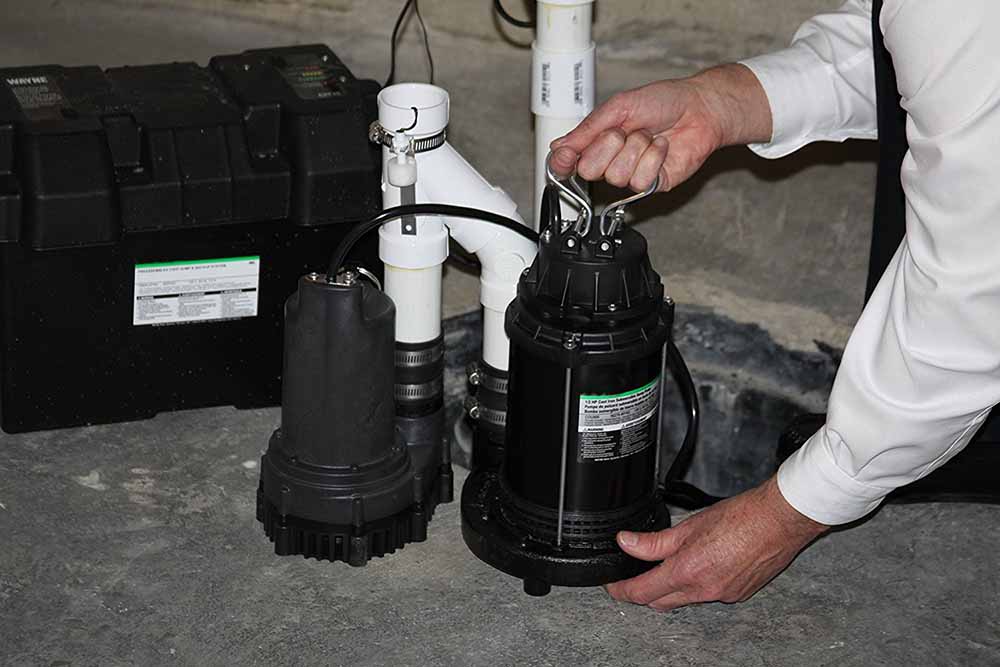
Following are a few handy tips to keep the sump pump in optimum condition and get the peak performance:
- If your sump pump has remained inactive for a few months, fill your sump pit with water before running, so it can perform properly.
- Ensure that the float can move up and down without any hassle.
- The outside discharge pipe should release water continuously while running the sump pump. Otherwise, the water pipe can clog, the check valve can break down, or the impeller can face trouble.
- If the power goes out or the main sump pump fails, you can handle the duty with the backup sump pump.
FAQs
Should you use a fully submerged sump pump?
If you have a pedestal sump pump, it can’t be submerged completely. Since its motor isn’t sealed, the sump pump can short out the motor and make the standing water risky.
Should you place the sump pump at the bottom of the pit?
Like most homeowners, you can place the sump pump on the gravel bed at the bottom of the pit. Plus, hook its discharge pipe to the circular ring found on the left side of the machine. This will let your sump pump collect the entire water surrounding the house.
How long can you run your sump pump continuously?
You can run a sump pump continuously for up to 24 hours, considering the pump quality and the amount of rainfall. However, continuously running a sump pump can make it overheat and shorten its life.
Final Words
Knowing only how deep should a sump pump should be isn’t enough to enjoy a convenient drainage system. During normal conditions, you may find it beneficial throughout the year, but what about heavy or continuous rainfall? That’s why it’s worth knowing the GPM capacity of the sump pump you require for your specific area so it can handle any worse conditions.
That’s why we mentioned the process of determining the GPM capacity of a sump pump along with standard depth requirements to help you decide the best.post:
As an Amazon Associate, I earn from qualifying purchases.

![How Deep Should A Sump Pump Be? [Find All Answers]](https://pumpingpies.com/wp-content/uploads/2022/12/How-Deep-Should-A-Sump-Pump-Be-Find-All-Answers.png)

